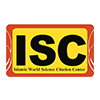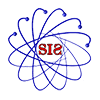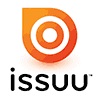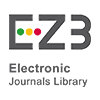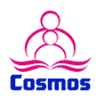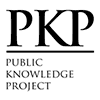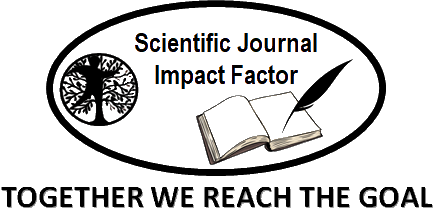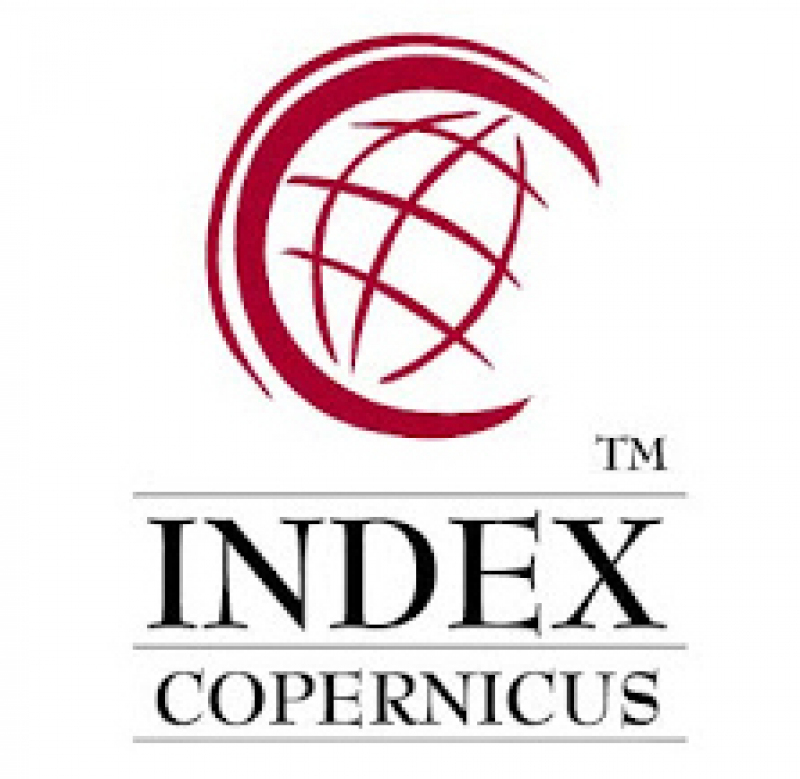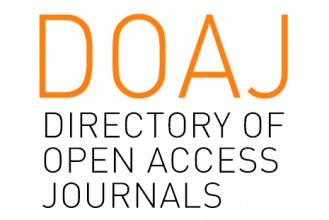Circulating Bodies, Transforming Souls: A Phenomenological Analysis of the Role of Movement in Pilgrimage Journeys
Abstract
Religion serves as the cornerstone of our belief system, shaping our values, guiding our moral compass, and providing a framework for understanding the mysteries of our existence. It offers a sense of purpose in our life, community we live in, and connection to something greater than ourselves, influencing how we perceive the world and our place within it. Furthermore, Rituals are integral to every religion that we perform, serving as expressions of faith, devotion, and connection to the divine. Every religion encompasses specific rituals that followers are expected to perform and practice. Although specific forms and purposes vary in every religion, many rituals share common themes across religions, such as prayer, fasting, sacrifices, offerings, and pilgrimage. Every ritual is essential to carry out, and carries symbolic significance to our beliefs. Some of the common rituals of every religion are Prayer, fasting, offerings and going on Pilgrimage. These rituals not only reinforce religious beliefs but also foster a sense of community and spiritual transformation among practitioners. This paper aims to study, explore, and uncover the significance of movement within the pilgrimage process, which begins with stepping out of one’s comfort zone, leaving the familiarity of home, and embarking on a challenging path toward a sacred destination. The pilgrim had a profound experience of exploration and immersion in spirituality. This transformative process culminates in returning home, a step that has often been overlooked and remains largely unexplored in scholarly discussions. However, the act of returning is equally vital, as it provides an opportunity for introspection. It allows pilgrims to reflect on their personal growth, internalize the lessons learned during the journey, and integrate their transformed perspective into everyday life. This final step is crucial for sustaining spiritual and philosophical changes acquired through the pilgrimage experience.
Keywords
Full Text:
PDFReferences
Alderman, D. H. "Writing, on the Graceland Wall: On the Importance of Authorship in Pilgrimage Landscapes." Tourism Recreation Research, vol. 27, no. 2, 2002, pp. 27-33.
Attix, S. "New Age-Oriented Special Interest Travel: An Exploratory Study." Tourism Recreation Research, vol. 27, no. 2, 2002, pp. 51-58.
Badone, Ellen, and Sharon R. Roseman, editors. Intersecting Journeys: The Anthropology of Pilgrimage and Tourism. University of Illinois Press, 2004.
Barber, Richard. Pilgrimages. The Boydell Press, 1993.
Bærenholdt, Jørgen Ole, Michael Haldrup, and John Urry. Performing Tourist Places. Ashgate, 2004.
Bilu, Yoram. "Divine Worship and Pilgrimage to Holy Sites as Universal Phenomena." To the Holy Graves: Pilgrimage to the Holy Graves and Fillulot in Israel, edited by R. Gonen, The Israel Museum, 1998, pp. 11-26.
Bowman, Glenn. "Christian Ideology and the Image of a Holy Land: The Place of Jerusalem in the Various Christianities." Contesting the Sacred: The Anthropology of Christian Pilgrimage, edited by Michael J. Sallnow and John Eade, Routledge, 1991, pp. 98-121.
Cohen, Erik. "The Phenomenology of Tourist Experiences." Sociology, vol. 13, no. 2, 1979, pp. 179-201.
Cohen, Erik. "Pilgrimage Centres: Concentric and Excentric." Annals of Tourism Research, vol. 19, no. 1, 1992, pp. 33-50.
Cohen, Erik. "Pilgrimage and Tourism: Convergence and Divergence." Sacred Journeys: The Anthropology of Pilgrimage, edited by Alan Morinis, Greenwood Press, 1992, pp. 47-61.
Cohen, Bruce. "Tourism and Religion: A Comparative Perspective." Pacific Tourism Review, vol. 2, 1998, pp. 1-10.
Cohen, Erik. "The 'Postmodernization' of a Mythical Event: Naga Fireballs on the Mekong River." Tourism Culture & Communication, vol. 7, no. 3, 2007, pp. 169-181.
Collins-Kreiner, Noga, and Nurit Kliot. "Pilgrimage Tourism in the Holy Land: The Behavioural Characteristics of Christian Pilgrims." GeoJournal, vol. 50, no. 1, 2000, pp. 55-67.
Collins-Kreiner, Noga, and J. D. Gatrell. "Tourism, Heritage and Pilgrimage: The Case of Haifa's Baha'i Gardens." Journal of Heritage Tourism, vol. 1, no. 1, 2006, pp. 32-50.
Collins-Kreiner, Noga, and Keren Sagi-Tueta. "Tourism to India: A Cultural, Educational and Religious Experience at Dharamsala." South Asian Popular Culture, vol. 8, no. 2, 2010.
Stoddard, Robert. "Defining and Classifying Pilgrimages," 1997.
Stoddard, Robert Hugh. Hindu Holy Sites in India. The University of Iowa, 1966.
Collins-Kreiner, Noga. "Researching Pilgrimage: Continuity and Transformations." Annals of Tourism Research, vol. 37, no. 2, 2010, pp. 440-456.
Liro, Justyna, Izabela Sołjan, and Elżbieta Bilska-Wodecka. "Spatial Changes of Pilgrimage Centers in Pilgrimage Studies–Review and Contribution to Future Research." International Journal of Religious Tourism and Pilgrimage, vol. 6, no. 3, 2018, pp. 3.
Manning, RE, and Manning, MS. Walking Distance: Extraordinary Hikes for Ordinary People. Oregon State University Press, 2012.
Masters, Edgar Lee. Spoon River Anthology. Macmillan & Co., 1915.
Nicholson, Geoff. The Lost Art of Walking: The History, Science, Philosophy, and Literature of Pedestrianism. Riverhead Books, 2008.
O'Hagan, Andrew. "Jack Kerouac: Crossing the Line." New York Review, 15-17 Mar. 2013.
Ray, Benjamin C. "Turner, Victor." Encyclopedia of Religion, edited by Lindsay Jones, 2nd ed., vol. 14, Macmillan Reference USA, 2005, p. 9406. Gale Virtual Reference Library. Web. Consulted 13 July 2013.
DOI: http://dx.doi.org/10.18415/ijmmu.v12i6.6780
Refbacks
- There are currently no refbacks.
Copyright (c) 2025 International Journal of Multicultural and Multireligious Understanding

This work is licensed under a Creative Commons Attribution-NonCommercial-NoDerivatives 4.0 International License.
https://ijmmu.com
editor@ijmmu.com
facebook.com/ijmmu
Copyright © 2014-2018 IJMMU. All rights reserved.







